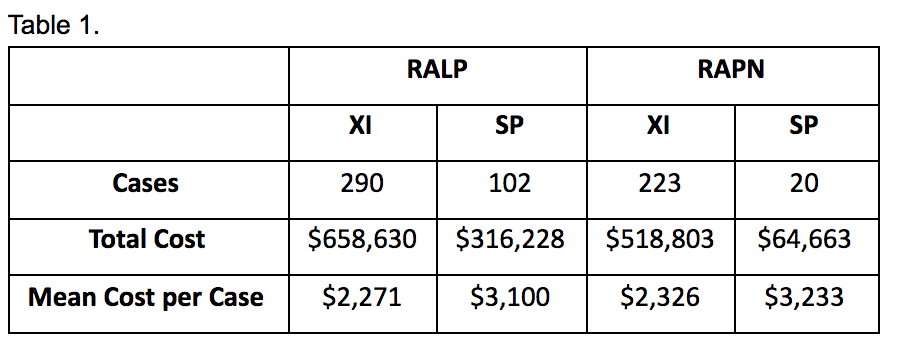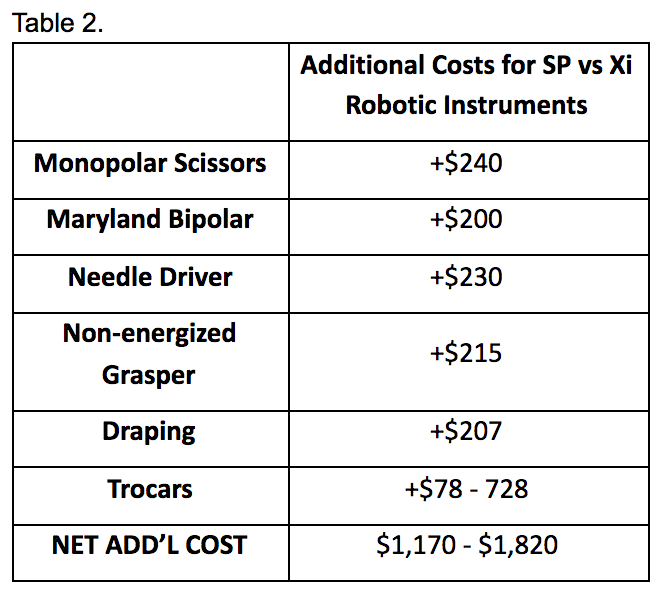Back
Poster, Podium & Video Sessions
Moderated Poster
MP32: Surgical Technology & Simulation: Instrumentation & Technology I
MP32-11: Free-Hand versus Grid-Assisted Transperineal Ultrasound MRI-Fusion Prostate Biopsy: An Initial Experience
Saturday, May 14, 2022
2:45 PM – 4:00 PM
Location: Room 225
Jacob Enders*, Nicole Varble, Michael Rothberg, Zach Kozel, Sheng Xu, Patrick Gomella, Michael Daneshvar, Reza Seifabadi, Maria Merino, Baris Turkbey, Bradford Wood, Peter Pinto, Bethesda, MD

Jacob Enders, BS
Cleveland Clinic Lerner College of Medicine of CWRU
Poster Presenter(s)
Introduction: Transperineal (TP) prostate biopsy has been shown to reduce rates of bleeding, sepsis, and other infectious complications compared to the traditional transrectal (TR) approach. Recent efforts have focused on using free-hand TP ultrasound (US) rather than TRUS for TP biopsy, with the objective of facilitating prostate biopsies in patients with post-TRUS biopsy urosepsis or in those without a rectum. We sought to compare cancer detection and upgrading rates between free-hand TPUS TP biopsy versus grid-assisted TP biopsy with TRUS.
Methods: Patients with an indication for prostate biopsy were enrolled in an IRB-approved clinical trial at our institution and underwent multiparametric MRI (mpMRI) of the prostate prior to biopsy. Under monitored anesthesia care or deep sedation, patients were placed in the dorsal lithotomy position. Registration of 2D TPUS sweeps with mpMRI was performed and, using the UroNav platform (Invivo/Philips, Gainesville, FL), two biopsy cores per MR-visible target lesion were obtained via the free-hand TPUS TP biopsy and grid-assisted TP biopsy with TRUS guidance techniques. A modified Barzell scheme was then used for systematic TP biopsy. Clinically significant prostate cancer was defined as Gleason grade group 2 or higher. Concordance of pathology of targeted biopsy cores and rates of upgrading between free-hand and grid-assisted TP biopsy techniques were compared.
Results: 49 patients have undergone free-hand and grid-assisted TP biopsy at our institution. 33/49 patients (67.3%) with a median PSA of 7.3 ng/mL (IQR: 5.2 – 11.0) were positive for cancer on biopsy. The mean number of cores obtained from targeted lesions per patient was 5.0 ± 2.2 for the grid-assisted technique and 3.8 ± 2.1 with free-hand technique. 40% and 34% of targeted cores were positive on grid-assisted and free-hand TP biopsy, respectively. 17/49 patients (34.7%) had a higher grade cancer on grid-assisted than free-hand biopsy, and in 6 cases this discordance was clinically significant. There were zero infection-related complications following the procedure.
Conclusions: Free-hand TP prostate biopsy with TPUS guidance allows for diagnosis of prostate cancer with comparable rates to the grid assisted TP biopsy technique with TRUS. This may facilitate biopsies in patients who have had prior post-TRUS biopsy urosepsis or in patients without a rectum. Further work is necessary to refine needle placement with the free-hand technique to ensure accurate lesion sampling and validate the technique in a larger patient cohort.
Source of Funding: The National Institute of Health (NIH) Medical Research Scholars Program, Foundation for the NIH, NIH Intramural Research Program


Methods: Patients with an indication for prostate biopsy were enrolled in an IRB-approved clinical trial at our institution and underwent multiparametric MRI (mpMRI) of the prostate prior to biopsy. Under monitored anesthesia care or deep sedation, patients were placed in the dorsal lithotomy position. Registration of 2D TPUS sweeps with mpMRI was performed and, using the UroNav platform (Invivo/Philips, Gainesville, FL), two biopsy cores per MR-visible target lesion were obtained via the free-hand TPUS TP biopsy and grid-assisted TP biopsy with TRUS guidance techniques. A modified Barzell scheme was then used for systematic TP biopsy. Clinically significant prostate cancer was defined as Gleason grade group 2 or higher. Concordance of pathology of targeted biopsy cores and rates of upgrading between free-hand and grid-assisted TP biopsy techniques were compared.
Results: 49 patients have undergone free-hand and grid-assisted TP biopsy at our institution. 33/49 patients (67.3%) with a median PSA of 7.3 ng/mL (IQR: 5.2 – 11.0) were positive for cancer on biopsy. The mean number of cores obtained from targeted lesions per patient was 5.0 ± 2.2 for the grid-assisted technique and 3.8 ± 2.1 with free-hand technique. 40% and 34% of targeted cores were positive on grid-assisted and free-hand TP biopsy, respectively. 17/49 patients (34.7%) had a higher grade cancer on grid-assisted than free-hand biopsy, and in 6 cases this discordance was clinically significant. There were zero infection-related complications following the procedure.
Conclusions: Free-hand TP prostate biopsy with TPUS guidance allows for diagnosis of prostate cancer with comparable rates to the grid assisted TP biopsy technique with TRUS. This may facilitate biopsies in patients who have had prior post-TRUS biopsy urosepsis or in patients without a rectum. Further work is necessary to refine needle placement with the free-hand technique to ensure accurate lesion sampling and validate the technique in a larger patient cohort.
Source of Funding: The National Institute of Health (NIH) Medical Research Scholars Program, Foundation for the NIH, NIH Intramural Research Program



.jpg)
.jpg)